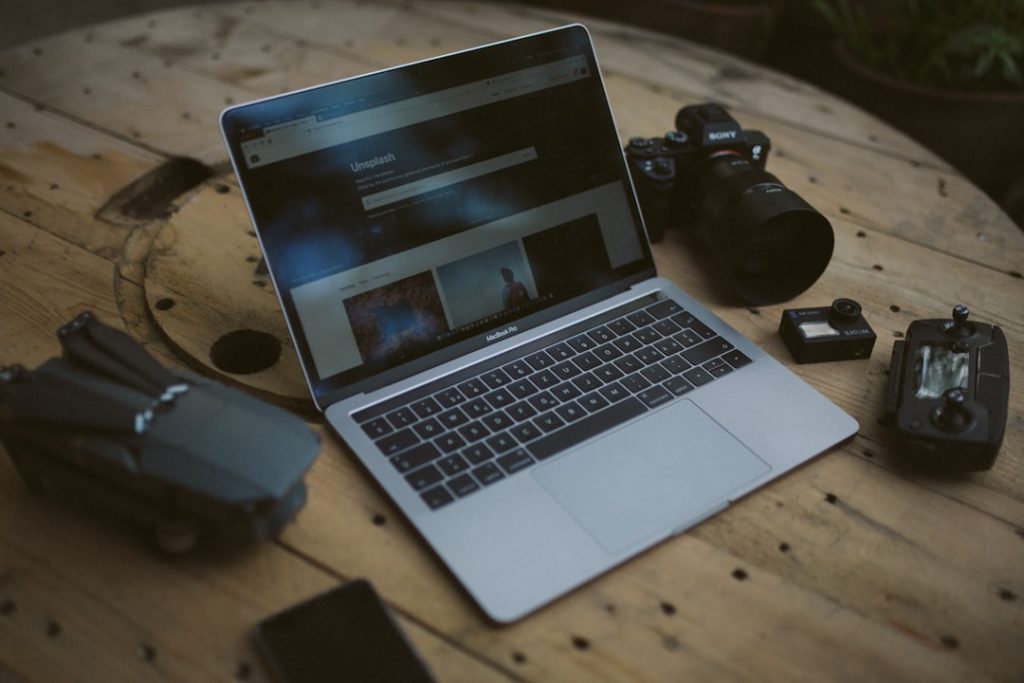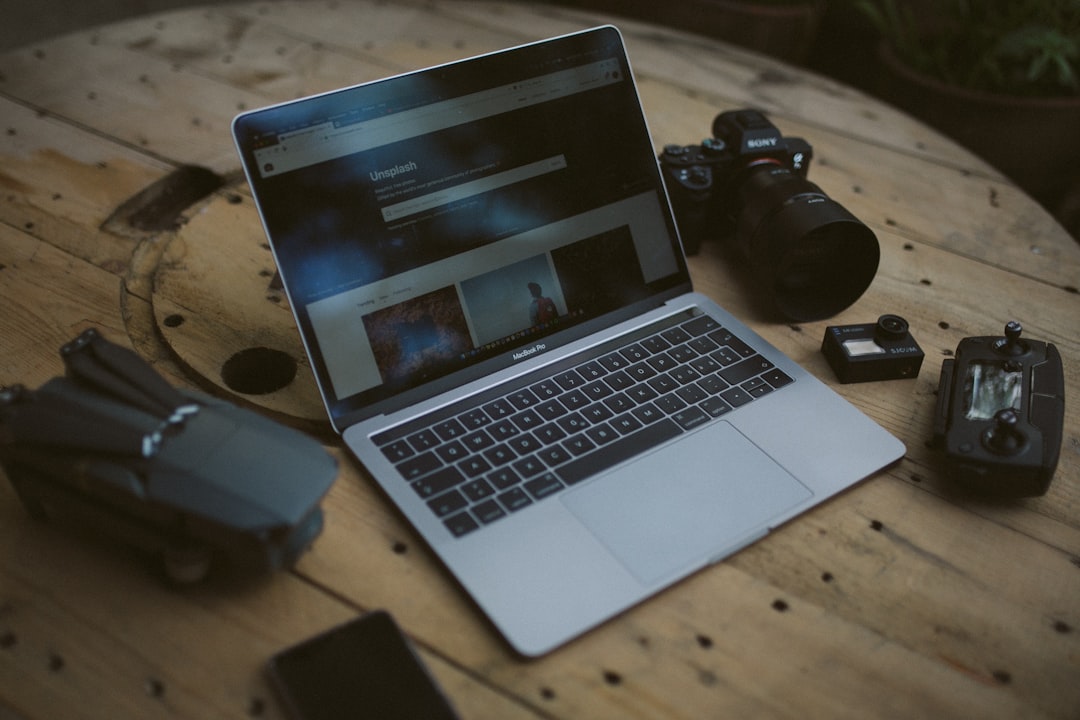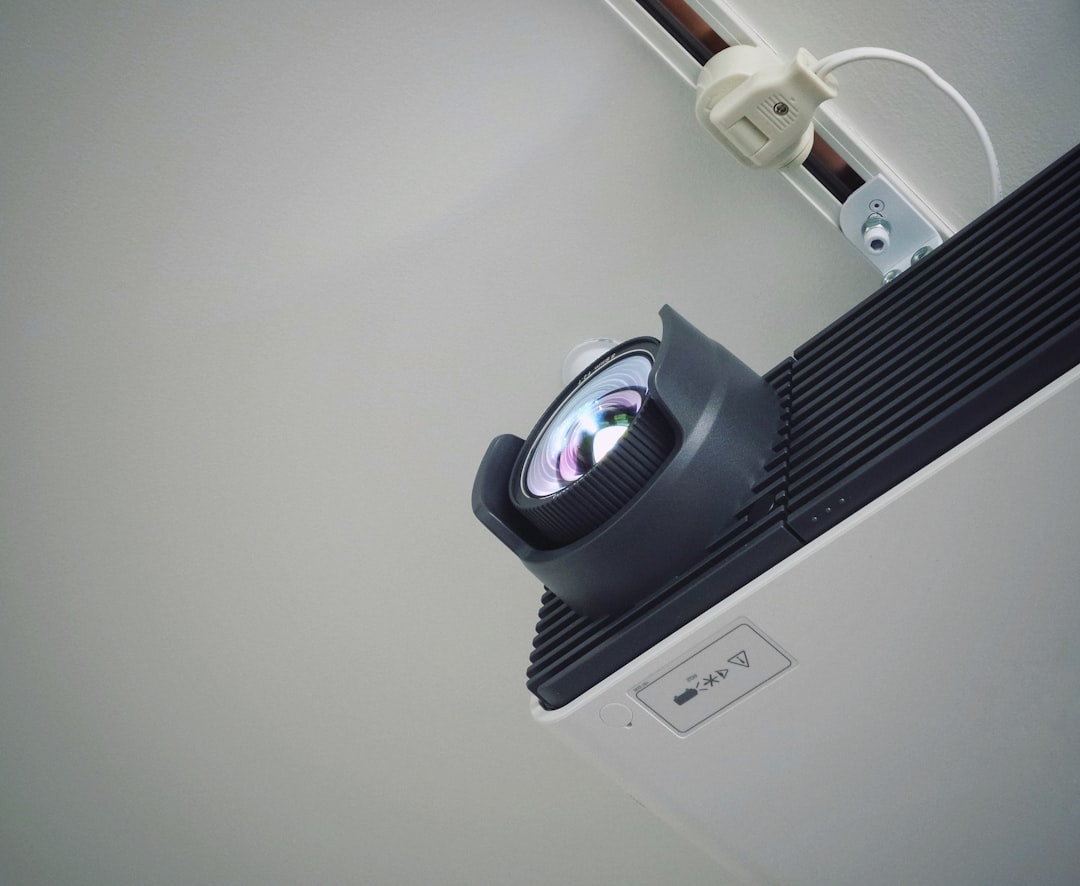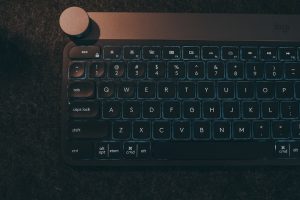ChatGPT Video Watching: Is It a Feature Now?
3 min read
For years, artificial intelligence systems, such as ChatGPT, have focused on understanding and generating text. With rapid advancements in AI, it’s natural to wonder: Has ChatGPT gained the ability to watch and interpret video content? While this feature may sound futuristic, recent updates and announcements from OpenAI have sparked serious discussion around the topic of integrating video analysis into language models. This article takes a closer look at whether ChatGPT can truly watch videos — or whether this capability is still on the horizon.
What Do We Mean by “Watching Videos”?
When people refer to AI “watching videos,” they usually mean the ability of a system to understand, analyze, and generate text-based responses based on video content. This involves several layers of capability, including:
- Frame analysis: Identifying objects, faces, and actions in a video sequence.
- Audio transcription: Transcribing spoken content into text using speech recognition.
- Contextual understanding: Understanding the timeline, narrative, or events in a video clip.
- Sentiment interpretation: Detecting emotions or tones expressed in video scenes.
These features require a combination of computer vision, audio analysis, and natural language processing — all fields within the broader AI space. While each of these technologies exists independently, integrating them into a single model like ChatGPT poses technical and ethical challenges.
What ChatGPT Can Do Now (As of 2024)
As of mid-2024, ChatGPT — including the most advanced version, GPT-4 and its multimodal variant GPT-4o — is beginning to step beyond pure text. The GPT-4o model introduced features that allow users to upload images, documents, and even short recordings. However, the ability to fully “watch” videos is still in early stages.
Here’s what is currently possible:
- Audio Transcription: GPT models integrated with Whisper (OpenAI’s speech-to-text engine) can effectively transcribe audio from videos when extracted or uploaded separately.
- Frame-by-frame Analysis: Some multimodal models can analyze single images, including screenshots or individual video frames, to describe what’s present in them.
- Limited Video Understanding: In closed testing environments, certain GPT-based tools have analyzed short video clips to describe action sequences, but this feature is not widely available to the public yet.

It’s important to note that even in systems integrating video inputs, there is often a heavy reliance on preprocessing steps. For example, users may need to first separate audio tracks or provide timestamped descriptions for the AI to interpret them effectively.
Rumors vs. Reality
There has been significant speculation around ChatGPT’s future capabilities. Thanks to advancements in models such as GPT-4o, users are seeing continual upgrades that blur the line between modalities. However, as of now, OpenAI has not released a general-use feature that allows ChatGPT to seamlessly process full-length videos.
False impressions may arise from demo videos or third-party tools built on top of ChatGPT APIs that simulate this functionality using external video processing layers. While these tools offer a promising glimpse into what’s possible, they should not be confused with core ChatGPT capabilities.
What Might Be Coming Next
The integration of video-watching capabilities into ChatGPT seems inevitable, given the direction of research and emerging use cases. Here are some developments to watch for in the near future:
- Native video input support: Allowing users to upload video files directly for AI interpretation.
- Dynamic visual storytelling: Summarizing educational or narrative content in real time.
- Real-world application in education, accessibility, and media analysis: Helping visually impaired users interpret visual media or analyzing entertainment content for summaries and insights.

Privacy and Ethical Considerations
As with any AI expansion into new mediums, video analysis brings new concerns. The potential misuse of AI in surveillance, deepfake validation, and personal data analysis has led experts to urge caution. OpenAI and other AI developers have taken steps such as usage guidelines and data privacy policies to mitigate improper deployment.
Integrating video-watching abilities into language models like ChatGPT also raises questions about copyright, ownership, and content integrity. For these systems to advance responsibly, robust safeguards must accompany technological progress.
Conclusion: Not Quite There Yet
So, is ChatGPT able to watch videos in 2024? The answer is: not fully — but it’s getting close. While GPT-4o introduces the building blocks through multimodal inputs like images and audio snippets, full video analysis remains in developmental or experimental phases.
Nonetheless, these advancements make it clear that ChatGPT is evolving rapidly toward a future where understanding visual and audio media will be as seamless as text-based conversations. As capabilities increase, users can expect continued innovation and, with it, new applications that redefine how we interact with AI systems.



